‘Personal Structures’ in Venice is about ‘artists breaking free’
‘Personal Structures 2024: Beyond Boundaries’ reveals a rich tapestry of perspectives on the challenges of our time, from culture to climate and identity

‘Personal Structures’ is on a bold mission. Embracing the theme ‘Beyond Boundaries’ for its seventh edition, and adopting a fluid curatorial approach, this biennial exhibition of contemporary art aims to foster diverse perspectives and contradictions, serving as a lens to contemplate the intricate narratives within our global community.
Staged at the historic Venetian palazzos Bembo and Mora, within the gorgeous Marinaressa Gardens, and running alongside but independent of the Venice Biennale 2024, ‘Personal Structures 2024’ showcases the work of more than 200 contributors, selected from 51 countries: included are artists at various career stages – from painters and sculptors to multimedia artists, photographers and performers – alongside art and academic institutions and galleries. Collectively they reveal a rich tapestry of perspectives on the pressing challenges of our time – from culture and gender identity to politics, existence and climate urgency.

Marina Stamato, The Purge of Denialism - Mãe Iara defeats Bolsonaro, 2023
‘Personal Structures’ was founded in 2002 by the artist René Rietmeyer as an independent project – an open platform of sorts for artists to exhibit and publish their work and thoughts. It started life initially as a reaction to non-subjective art, arguing instead that all artworks are made intrinsically with a part of the artist’s consciousness, and are thus personal. And it is this belief that remains pivotal to the organisation and all its exhibitions.
Critically, ‘Personal Structures’ gives a voice to the voiceless, underrepresented communities often overlooked by the Venice Biennale. And it refrains from being too didactic, allowing individual artistic circles curational autonomy to speak more fluidly individually, as a group and in response to Venice and its history.
We caught up with Sara Danieli, head of art at European Cultural Centre, the organisation that runs the exhibition, to gain more insight into ‘Personal Structures’.
‘Personal Structures’: art as dialogue, exchange and freedom

Sandra Cattaneo Adorno, Ten Years VI, 2023
Wallpaper*: Art can be a powerful tool for storytelling, yet often the tendency with group shows is to be too didactic. How do you balance a vast exhibition like ‘Personal Structures’ to allow the artist to speak freely and, in the process, initiate unexpected narrative layers?
Sara Danieli: An appropriate context is necessary to trigger a better conversation, yet the dialogue needs to be as authentic and as sincere as possible to avoid becoming a dialogue for its own sake. It’s important that our artists have as much freedom as possible in expressing what’s most urgent for them, as a response to contemporary society, as well as reflecting on the human condition.
Wallpaper* Newsletter
Receive our daily digest of inspiration, escapism and design stories from around the world direct to your inbox.
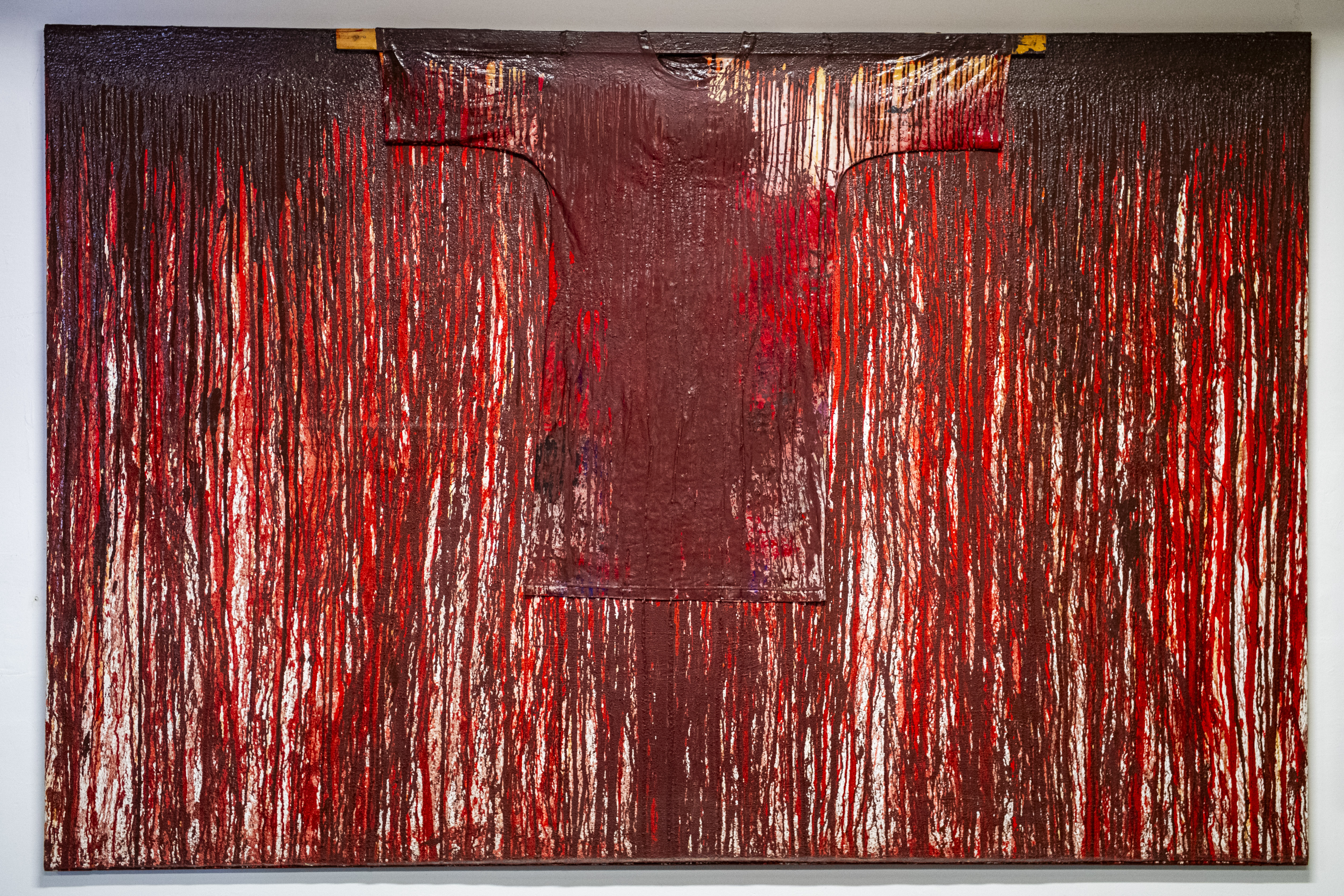
Miles Greenberg, FI 08-20-10, 2024
W*: Would you say this is fundamental to the ‘Personal Structures’ project?
SD: Yes, our main concept is to consider each artwork within the artist’s experience, influenced by the time and space in which they live and work. Our title ‘Personal Structures’ was chosen in response to the 1966 exhibition ‘Primary Structures’ by minimalist artists such as Donald Judd and Carl Andre, who claimed to create non-subjective art, art without the ‘touch’ of the artist – the non-personal.
We believe even the most minimalist works are subjective, personal, the result of the artist’s own conditions and circumstances. We conceive the ‘Personal Structures’ exhibition as a platform that values the diversity of artistic approaches and expressions, with the intention of documenting plurality.
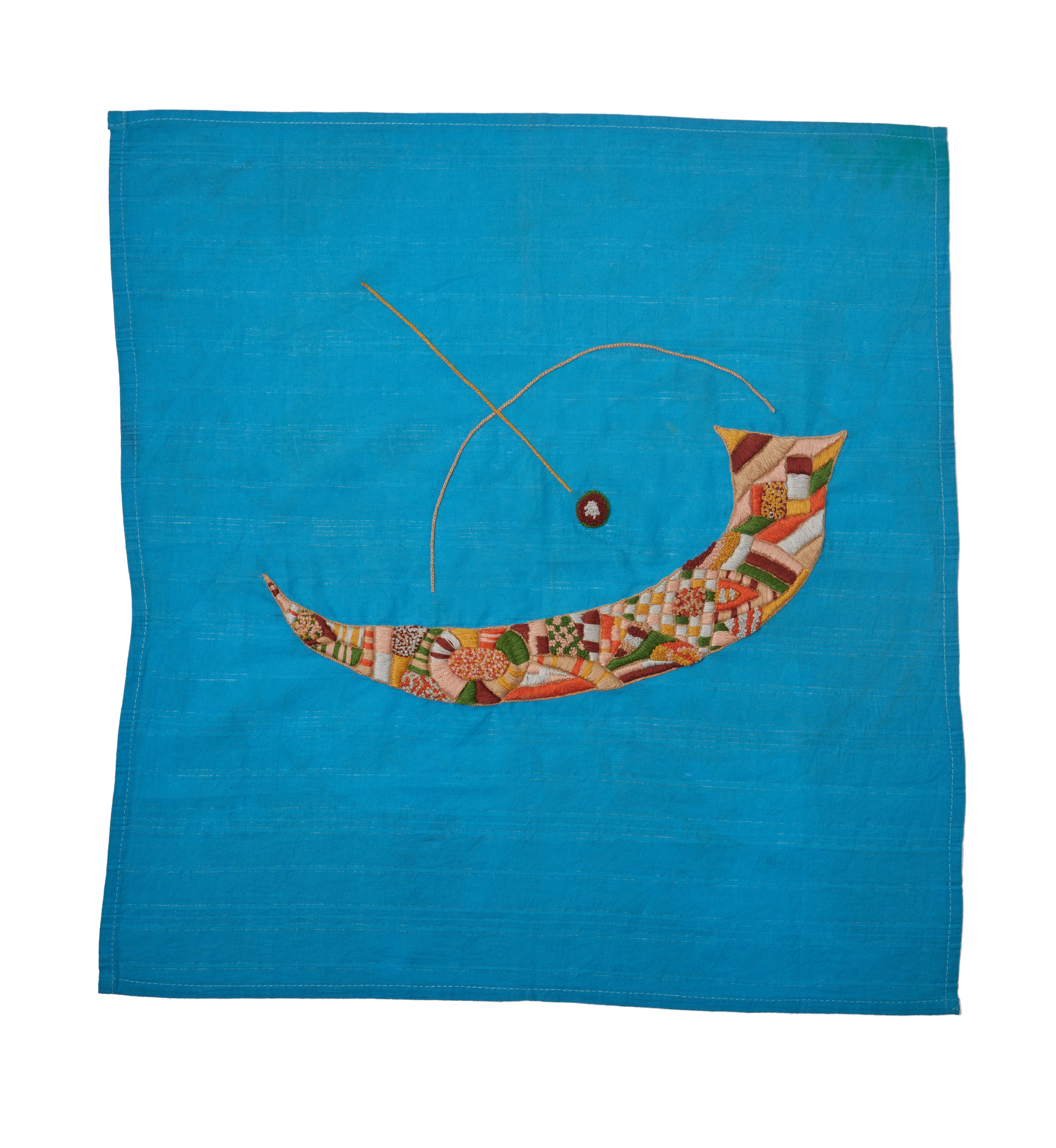
Areez Katki, Pedagogical Drawing 6 (HA 33), 2024
W*: So, you’re saying a plurality of narratives comes naturally when you don’t dictate what is exhibited, nor the curational path. How involved are you in the artist selection and curational process?
SD: The exhibition organisation spans two years, during which conversations with artists commence at the planning phase and we continue to guide them through the entire process. The choice of space is also made with the artist, sometimes based on the project or their attraction to a specific location. Some artworks are exhibited alongside the work of other artists, and based on the nature, technical, formal, and conceptual needs of the artwork, we create a dialogue with the space and other projects.

Elizabeth Heyert, THE TRAVELERS, Daphne Jones Born 1954, Died 2003, 2003
W*: You deliberately moved away from the Venice Biennale a while ago. Do you feel the independence allows you to approach such a group exhibition with a much more open mind?
SD: Not being part of a governmental institution allows for choices that are not strictly political, thus moving away from such boundaries. This doesn’t mean that we don’t make choices, but there is certainly more freedom.

Samia Halaby, Massacre of the Innocents/Gaza, 2024, part of the Palestine Museum US’ exhibition ‘Foreigners in their Homeland’
W*: There are plenty of powerful, moving exhibits throughout the show. Can you name a few that particularly speak to you and the overarching theme ‘Beyond Boundaries’?
SD: It’s been important to present the project by the Palestine Museum US, directed by Faisal Saleh. Particularly moving is presenting the drawings of the artist Maisara Baroud, who is currently in Gaza. He sent scans of his work from his phone, and we printed them on translucent material, hanging them in front of the window like a wall through which light passes as a way of symbolising hope.

Damian Le Bas, Back to the Future! Safe European Home 1938. Artists of Romany background from across Europe step out of invisibility at Palazzo Bembo in the site-specific exhibition ‘Roma Lepanto’, curated by Moritz Pankok and Miguel Angel Vargas Rubio
Another significant project is ‘Roma Lepanto’, since it presents art as a catalyst for change, advocating for a permanent home for Roma art at the Venice Biennale, a demand that is still unmet. Artists of Romany background from across Europe emerge from invisibility, are given a platform to address the long history of Roma slavery and to confront the feelings of inferiority resulting from silenced history. By offering new perspectives on European events, Roma artists reclaim control of their narrative and present a self-image that showcases their talent, ideas, and positive contributions to society.
W*: What else can you highlight from the show?
SD: The group exhibition ‘Unapologetic WomXn’, which presents the work of 31 female artists exploring female sexuality through their own perspectives. Creating a safe community space, the exhibition humanises the subjects the artists focus on – their bodies, experiences, and how women navigate a constantly changing world – emphasising the importance of art and artists breaking free from societal constraints.

Faiza Butt, Phantasmagoric 4, 2023. The artist depicts contemporary society and its contradictions, stemming from an exploration of both private and public spheres
Another is a project presented by Faiza Butt, an artist with Pakistani roots and living in London, which draws from the Menagerie tradition of the Dutch Golden Age to depict contemporary society and its contradictions, stemming from her exploration of both private and public spheres. While Butt’s work portrays beautiful landscapes and animals, as well as her children, it is imbued with disturbing elements characteristic of contemporary society and the tragedies we face – war, hyper-consumerism and environmental pollution.
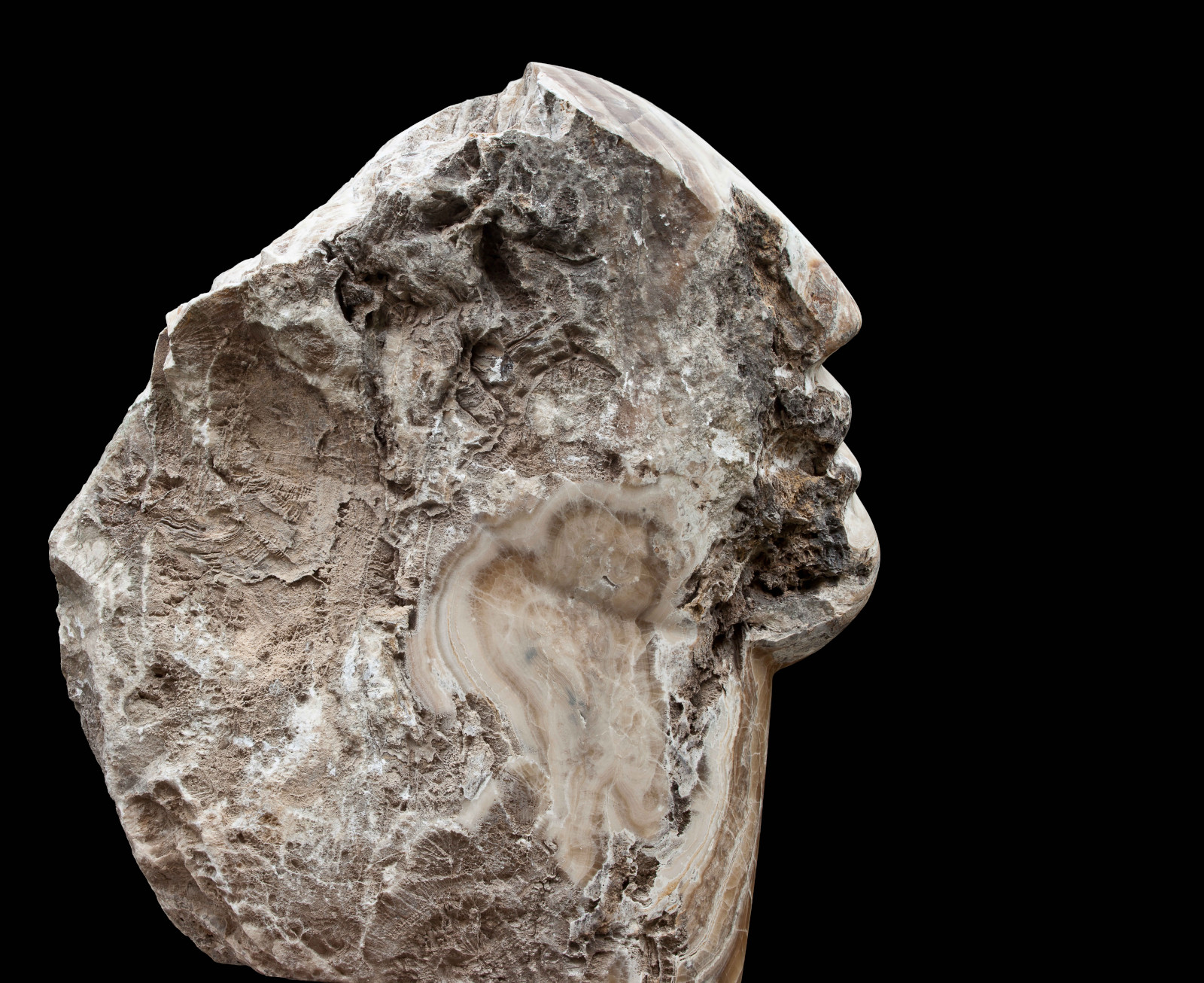
Emily Young, Lost Mountain Head I, 2013. Young’s series of sculptures dotted around Marinaressa Gardens and Palazzo Mora were created with stones found in abandoned quarries, stone yards and in the wild as a note on climate
W*: What do you ultimately hope viewers and visitors will take from the exhibition?
SD: We hope audiences will take away a renewed sense of possibility and empowerment. By reflecting on the theme of ‘Beyond Boundaries’, we aim to inspire individuals to recognise their capacity to overcome challenges and limitations, both personally and collectively.
Through the diverse perspectives and contradictions presented in the exhibition, we encourage viewers to embrace complexity, question preconceptions, and foster a deeper understanding of the human condition and society as a whole.
‘Personal Structures: Beyond Boundaries’ is at Palazzo Bembo, Palazzo Mora, and Marinaressa Gardens in Venice until 24 November 2024, personalstructures.com
A writer and editor based in London, Nargess contributes to various international publications on all aspects of culture. She is editorial director on Voices, a US publication on wine, and has authored a few lifestyle books, including The Life Negroni.
-
 All-In is the Paris-based label making full-force fashion for main character dressing
All-In is the Paris-based label making full-force fashion for main character dressingPart of our monthly Uprising series, Wallpaper* meets Benjamin Barron and Bror August Vestbø of All-In, the LVMH Prize-nominated label which bases its collections on a riotous cast of characters – real and imagined
By Orla Brennan
-
 Maserati joins forces with Giorgetti for a turbo-charged relationship
Maserati joins forces with Giorgetti for a turbo-charged relationshipAnnouncing their marriage during Milan Design Week, the brands unveiled a collection, a car and a long term commitment
By Hugo Macdonald
-
 Through an innovative new training program, Poltrona Frau aims to safeguard Italian craft
Through an innovative new training program, Poltrona Frau aims to safeguard Italian craftThe heritage furniture manufacturer is training a new generation of leather artisans
By Cristina Kiran Piotti
-
 Saskia Colwell’s playful drawings resemble marble sculptures
Saskia Colwell’s playful drawings resemble marble sculpturesSaskia Colwell draws on classical and modern references for ‘Skin on Skin’, her solo exhibition at Victoria Miro, Venice
By Millie Walton
-
 Portrait of a modernist maverick: last chance to see the Jean Cocteau retrospective in Venice
Portrait of a modernist maverick: last chance to see the Jean Cocteau retrospective in Venice‘Cocteau: The Juggler’s Revenge’, celebrating the French artist's defiance of artistic labels, is in its final week at Peggy Guggenheim Collection, Venice
By Caragh McKay
-
 Aindrea Emelife on bringing the Nigerian Pavilion to life at the Venice Biennale 2024
Aindrea Emelife on bringing the Nigerian Pavilion to life at the Venice Biennale 2024Curator Aindrea Emelife has spearheaded a new wave of contemporary artists at the Venice Biennale’s second-ever Nigerian Pavilion. Here, she talks about what the world needs to learn about African art
By Ugonna-Ora Owoh
-
 Kapwani Kiwanga considers value and commerce for the Canada Pavilion at the Venice Biennale 2024
Kapwani Kiwanga considers value and commerce for the Canada Pavilion at the Venice Biennale 2024Kapwani Kiwanga draws on her experiences in materiality for the Canada Pavilion at the 60th Venice Biennale
By Hannah Silver
-
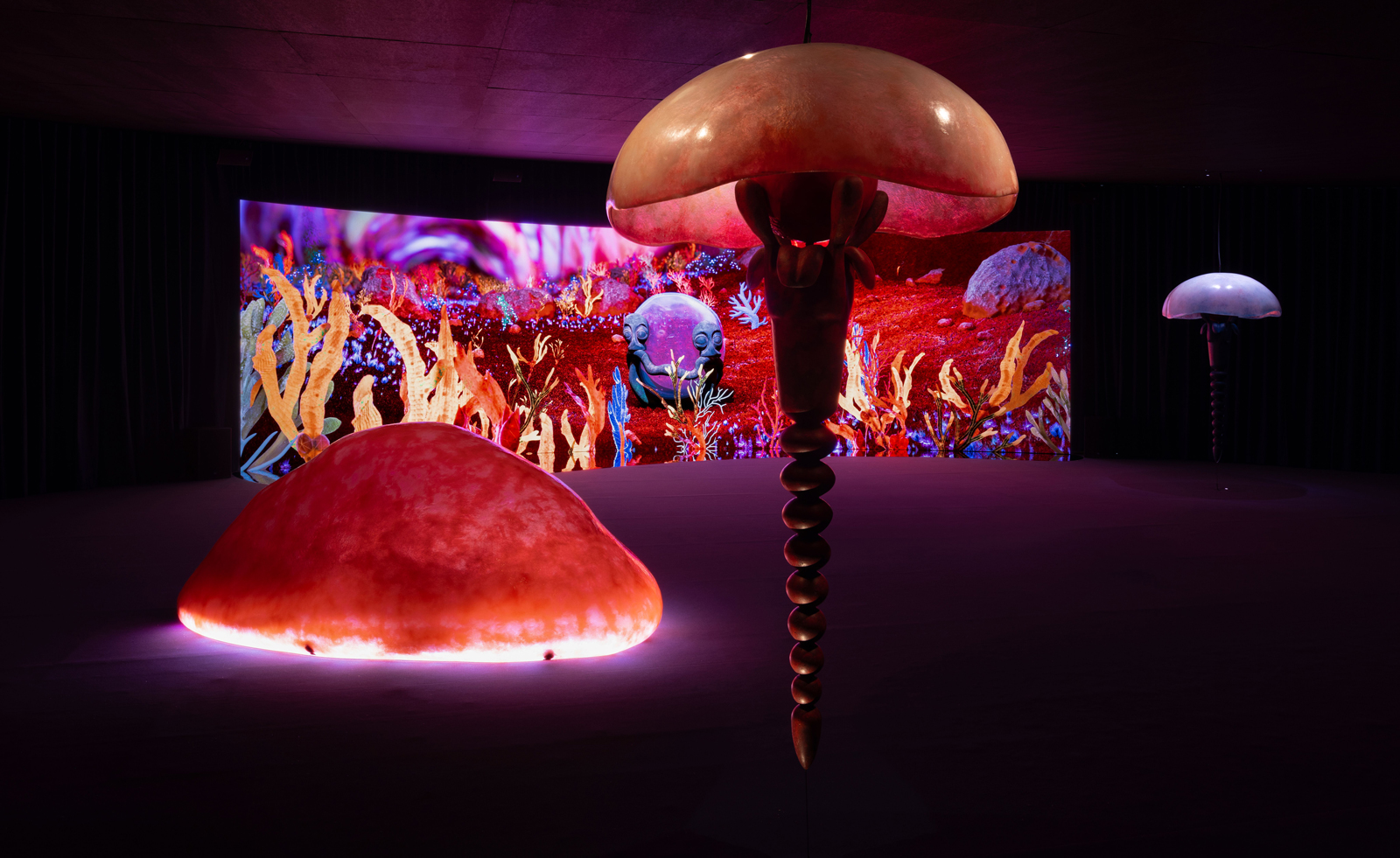 Venice Art Biennale 2024 highlights
Venice Art Biennale 2024 highlightsThe Venice Art Biennale took place 20 April - 24 November 2024 – here are our highlights from around Venice
By Amah-Rose Abrams
-
 What’s the big deal with breasts, ask artists at the Venice Biennale
What’s the big deal with breasts, ask artists at the Venice Biennale‘Breasts’ is set to open at ACP Palazzo Franchetti for the duration of the Venice Art Biennale 2024
By Hannah Silver
-
 Art X Lagos 2023: discover the artists to watch
Art X Lagos 2023: discover the artists to watchArt X Lagos 2023, the 8th edition of West Africa’s biggest art fair, was bigger and better than ever
By Ugonna-Ora Owoh
-
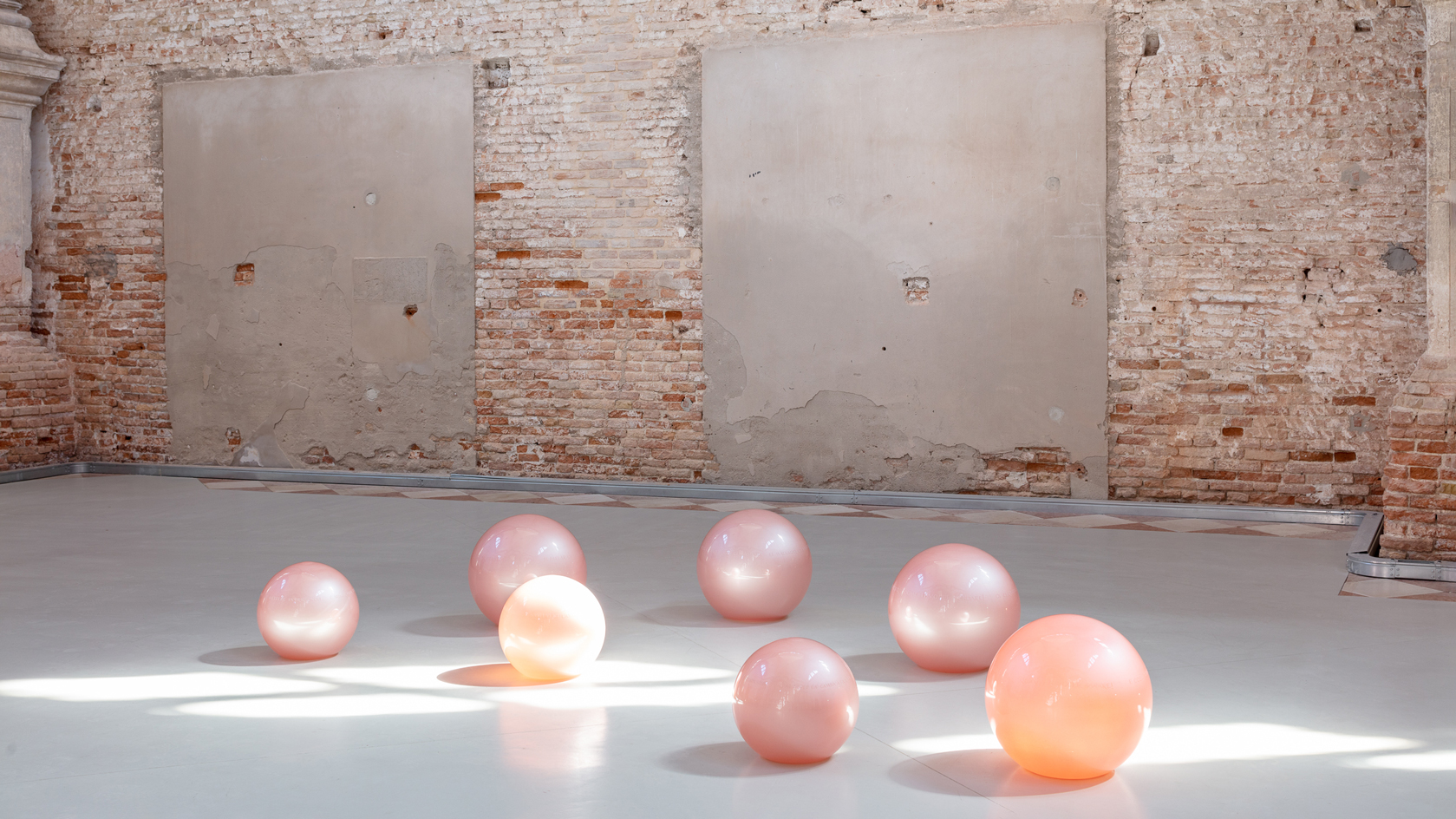 Art, science, and activism coalesce in ‘Thus waves come in pairs’ at Ocean Space, Venice
Art, science, and activism coalesce in ‘Thus waves come in pairs’ at Ocean Space, Venice‘Thus waves come in pairs’, an exhibition of two new commissions at Ocean Space in Venice, features potent work by Simone Fattal, and artist duo Petrit Halilaj & Álvaro Urbano
By Will Jennings